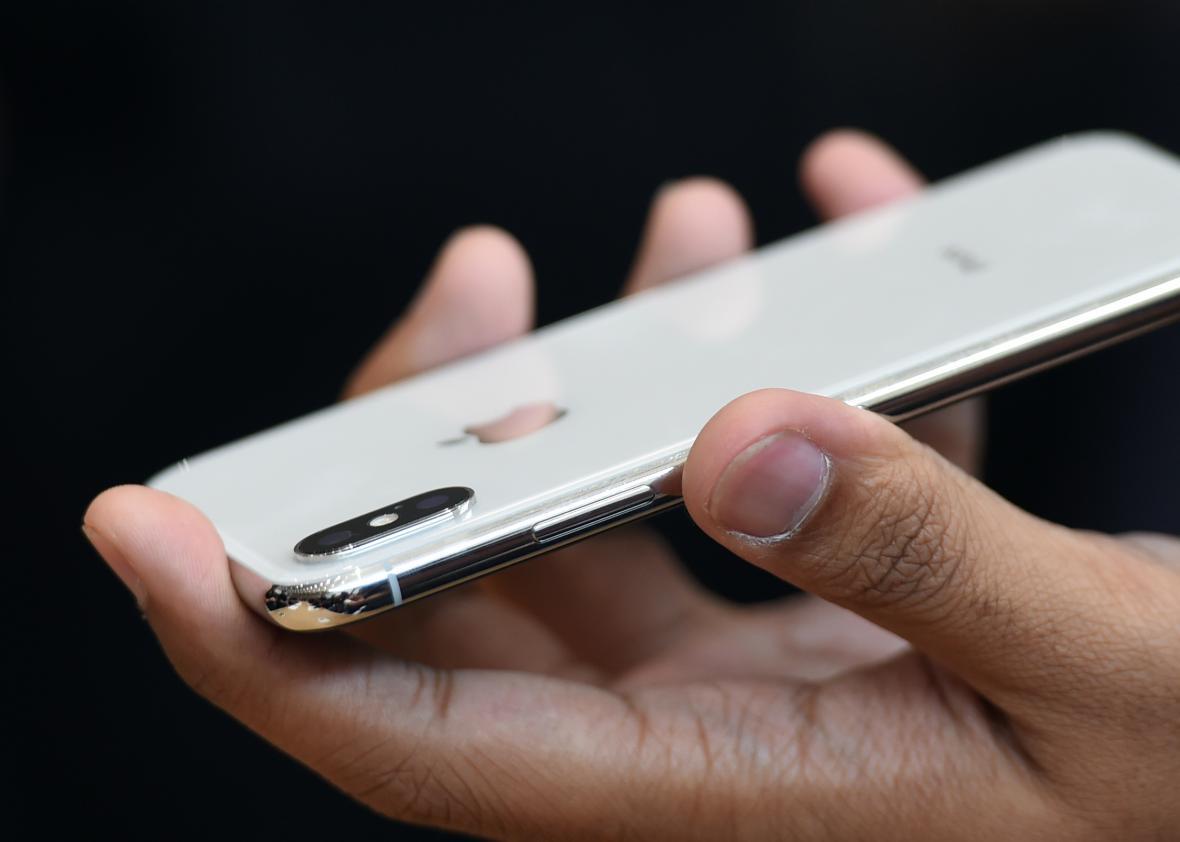When Apple launches a new product, it always seeds a handful of early review units to trusted journalists and publications. This week, like clockwork, we saw the first iPhone X reviews land with the usual list of tech-focused websites. But we also saw something else. This time around, Apple didn’t just lend new iPhones to tech pundits: It gave iPhones to a number of up-and-coming YouTube vloggers and celebrities, too.
As Recode notes, Apple gave iPhone X review units to YouTube channels, such as Highsnobiety, Booredatwork.com, UrAvgConsumer, and Soldier Knows Best, as well as Mindy Kaling (who wrote about it for Glamour) and The Ellen DeGeneres Show. And in a major departure from past procedure, Apple didn’t just give these outlets review units—the company allowed some of these vloggers to post video reviews before established tech writers published their impressions.
Being granted an early Apple review unit, for both individual writers and the outlets they write for, is considered a big deal. It means that, on some level, you’ve made it—you’re a good enough writer, you’re established enough in the industry, and your readers are valued enough by Cupertino to be deemed worthy of an advance review. That last part is something established tech writers may be overlooking. If we’re looking at Apple’s move from a marketing perspective, expanding beyond traditional tech publications makes sense.
If you’re reading an iPhone review on The Verge, or Engadget, or WIRED, chances are you aren’t hemming and hawing about whether you want to buy the new device. Readers of those sites are already passionate about technology, have strong opinions about it, and often have the money to buy what they want. They’re also largely older and male. (As of 2017, the WIRED audience was 57% male, with an average age of 42.) Apple doesn’t need to market as aggressively to this audience, which will seek out information about its products regardless.
Who Apple does want to market to: women and teens. According to 2015 data from Slice Intelligence, older men spend the most on Apple products, while women aged 25 to 34 spend the least. Men of every age category (18-plus) outspent women of the same age range, and buyers tended to spend more money on Apple products as they got older. On top of that, women reportedly account for 70 to 85 percent of all consumer purchases and, according to Nielsen Consumer, have a buying power worth $5 to $15 trillion annually.
What all this means: Apple needs to focus its marketing efforts on millennials, teens, and wallet-controlling female buyers if it wants to expand its reach in the U.S., where Android controls 65 percent of the market.
It would make sense then that a few years back when I left WIRED, with its older, male-dominated audience, to head up tech coverage at Refinery29, which targets millennial women, I not only received an Apple review unit that year—I got one of the coveted early review units. (Other women-focused publications, such as Vogue and Teen Vogue, have also been getting early iPhone review units.) This year’s iPhone X reviews continue that push. Mindy Kaling is a millennial female icon who’s smart, savvy, and digitally connected. Giving her an iPhone to review, from a marketing standpoint, is positively genius. And The Ellen DeGeneres Show, one of the highest-rated daytime talk shows, has a strong audience of female viewers aged 25 to 54. Giving the phone early facetime ahead of its Friday launch was also a shrewd move.
The YouTube channels all allow Apple to target younger consumers who prefer their news in video form. They also reach a more diverse, multicultural viewership—while professional tech reviewers are largely white and male, most of these video bloggers are black or Latino. It’s also worth noting that YouTube has a huge and dedicated audience that any marketer would want to reach: The video platform has more than 1.5 billion monthly users that watch more than one billion combined hours of video each day. The YouTubers who posted early iPhone X reviews have about 2.5 million subscribers, and views for their reviews are already climbing into the hundreds of thousands for several of the videos.
It would not surprise me to see Apple cut back further on its tech media reviews in the future in favor of more of these less traditional, highly-targeted avenues. As “valuable” market segments shift, and younger consumers opt for new ways to learn about what to buy, Apple has to adapt. The iPhone X is just the beginning.
This post was updated to add 2017 demographic data for WIRED’s readership.
*Correction, Nov. 6, 2017: This post originally misidentified Slice Intelligence as Slice Analytics.
